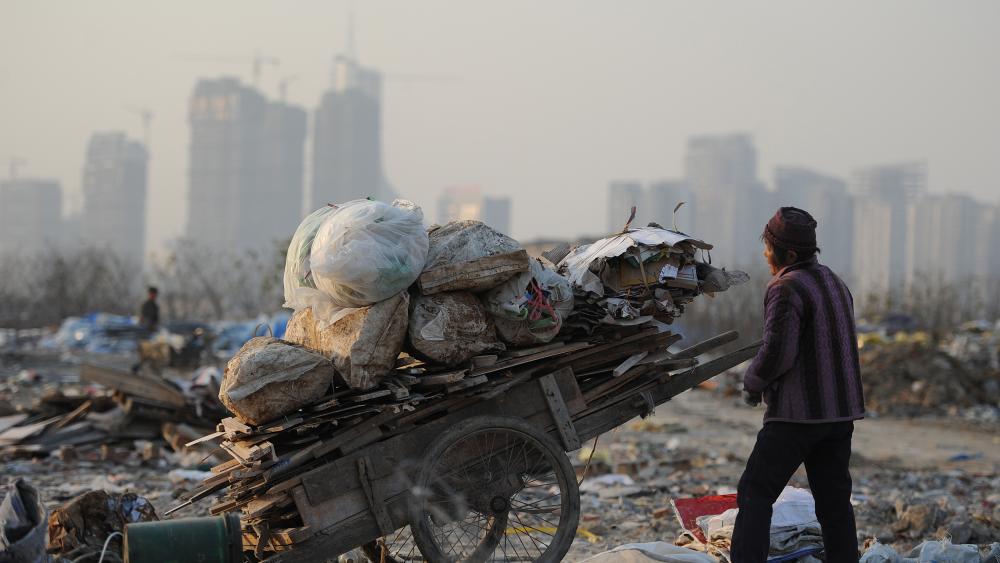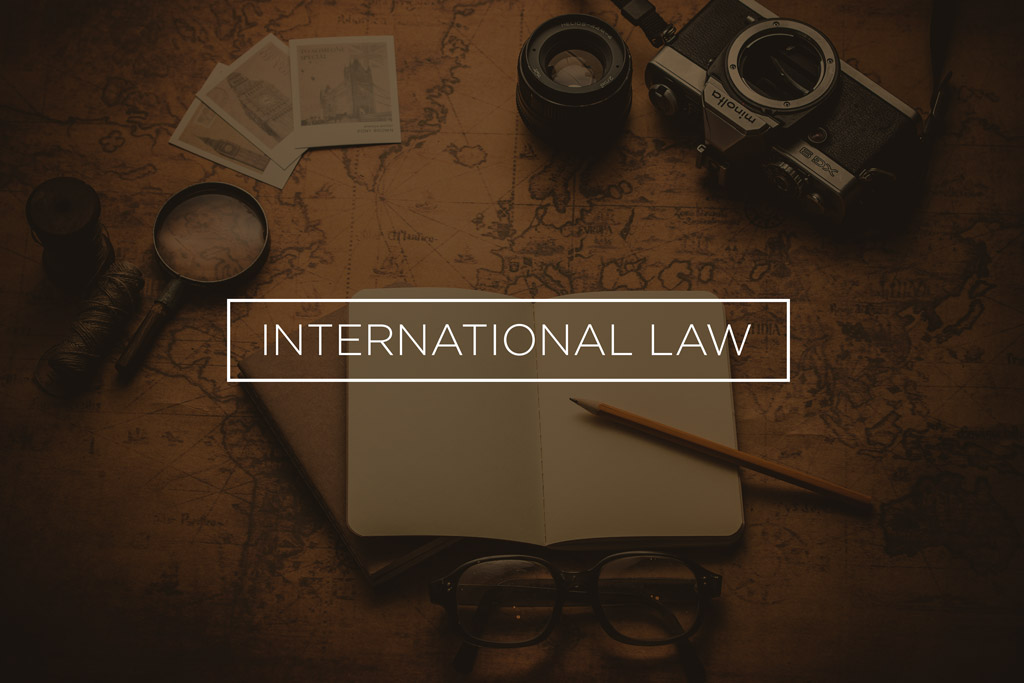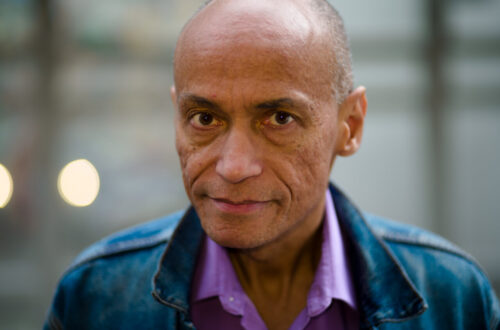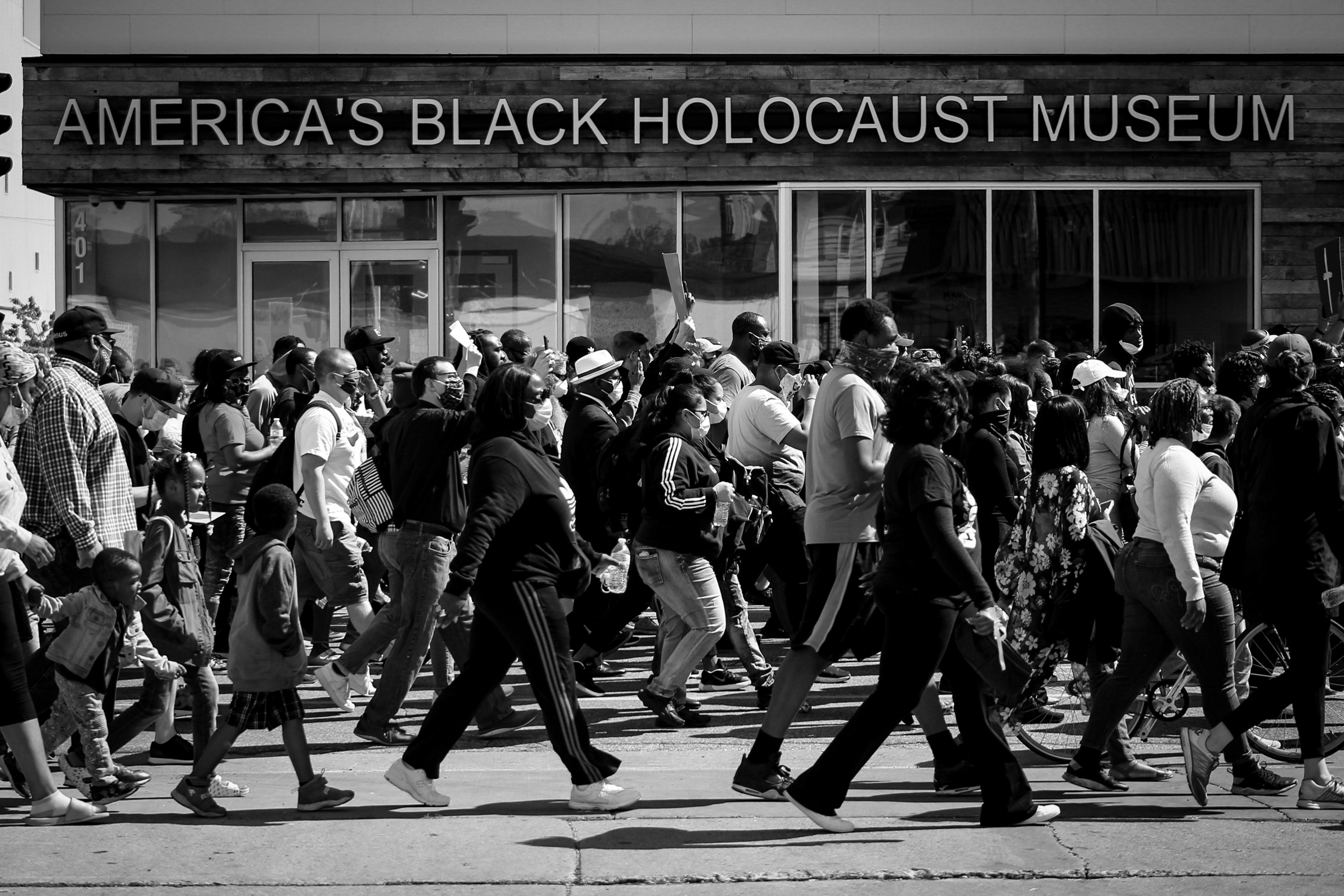
Reflections on International Economic Law
It is safe to say that introductions are duplicitous: we know them to be essential and yet they make themselves impossible. Hence the agony I experienced this past week as I sought to launch my course on international economic law. Do I begin with the regulatory aspect or the normative one? Should I speak to the components—trade | investment | money as Helene Ruiz Fabri does—or should I present the Third World dynamics that Bhupinder Chimni highlights? In the end, I fudged it by trying to do all of the above, with mixed results.
If I were to do it over, I would begin by asserting that IEL is both a field of economic regulation and one of social engineering. Every intervention pursued in regulatory terms precipitates changes in the composition of society. Both critical and sociolegal approaches, in contrast to a positivist one, highlight aspirations underpinning a law but also outcomes. Scholars who travail beyond doctrine are forever reflecting on law as it is experienced, hence the sociological and political reflections they bring to bear on the discussion. This would have been a more concise—and precise!—introduction.
Hindsight notwithstanding, key elements in the study of IEL were shared with the students. The history of IEL begins with the Second Great European War—which Eurocentrism decries should be labelled a world war in large part because Europeans were fighting amongst themselves for world domination. Consider that the Japanese were regional players, the Russians were defending themselves (and saving Europe…they will never live that one down!), and that the Americans were strategic and begrudging participants. Where were the hundreds of millions of Asians (bar China and Japan), Africans, and South Americans? Hopefully safely in their homes listening to a broadcast of about the demise of the imperial ambitions that informed this act of self-destruction.
When the dust settled, the UN emerged ready to offer the world an alternative vision to the gunboat diplomacy that had ravaged European peoples: global cooperation on all matters would be pursued in a new international forum. The UN General Assembly, as an embryonic democratic global institution, would direct the new specialised institutions known as the IMF, the WB, and the ITO (or at least the GATT). They would pursue the liberalisation of trade—rising tides lift all boats and comparative advantage brings about gains for all states—and they would allow the market, with a nudge of governmental intervention here and there, to direct economic development. Of course, this is what Europe, America, Russia, and China (sort of) intended for the international economic system. But what did others think?
Decolonisation meant that in a very short timeframe, the UN was engorged with Third World states who contested the liberal claims of Europe. They knew all too well that comparative advantage was more historic than deserved: in fact, is it not convenient that economic theory dictates that the best interest of black populations of the world is in plantations, growing bananas and avocados to satisfy hipster European tastes? They too were eager to industrialise and to capture the gains that manufactured goods created; they too wanted to extend public services to their populations; they too wanted to benefit from the sovereignty, self-determination, and political, civil, social, economic, and cultural rights that were codified in the emergent international treaties and conventions.
To the decolonising world, the liberal aspirations of the IMF and WB were biased against the Third World. Nor were Euro-Americans shy about this fact. Consider, for example, that the Europeans select the president of the IMF and the Americans decide the presidency of the WB. No, really. Consider also that voting rights at the IMF and WB are apportioned not according to membership—one state, one vote—but according to an arcane formula that translates into the US, Germany, France, the UK, and Italy enjoying 32.5% of votes and China, India, and Indonesia limited to 9.5%. Consider finally that the population of the first group is roughly 600 million and the population of the latter group is 3 billion. Score one for legalised privilege.
Much of IEL has developed with this tension as watermark. The Europeans and the Americans built their fortunes through what historian Sven Beckert decries as war capitalism (Ha-Joon Chang makes similar points in his many texts). Conquest, plunder, and barbarism are at the heart of the international economic legal system. The Third World believed—it is not clear whether they still do—that a new international economic order was needed to redress the imbalance that immoral practices created. The First World advocates capitalism, neo-classical economics, and neoliberalism to promote global equity. We speak about development out of one side of our mouths and about free trade out of the other . Both sides deploy the rule of law to justify the policies they pursue while the capitalists leverage their advantages to maximise their self-interest as Adam Smith and David Ricardo would have them do. Unsurprisingly, the tension between these views and initiatives has produced a legal system that is more purgatory than Garden of Eden and any study of IEL must account for the paradoxes on offer.
Who is right? Who is wrong? Sankara? Friedman? Nkrumah? Keynes? Capitalism? Socialism? Democracy? Plutocracy? As I sought to underscore in the lecture, the answer depends more on politics than on economics, more on normativity than on rationality. IEL is at the crossroads of politics, economics, law, and morality. The type of IEL system we pursue is contingent on the type of world we wish to live in.




